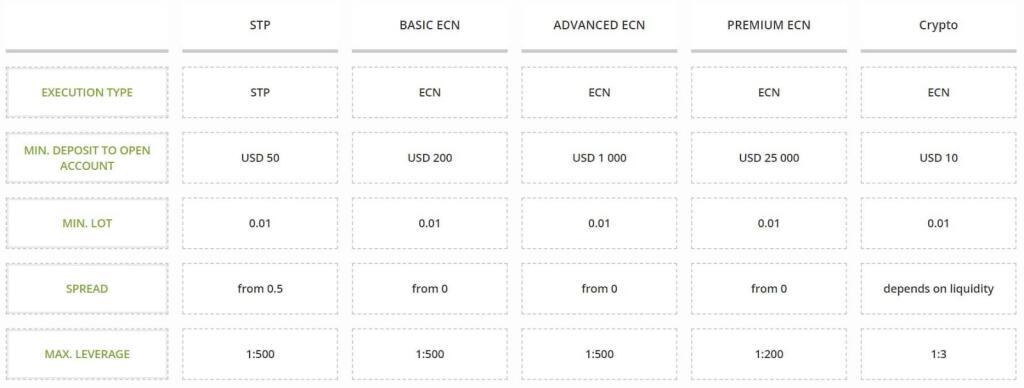Which Transactions Affect Retained Earnings?

Remember to interpret retained earnings in the context of your business realities (i.e. seasonality), and you’ll be in good shape to improve earnings and grow your business. The truth is, retained earnings numbers vary from business to business—there’s no one-size-fits-all number you can aim for. That said, a realistic goal is to get your ratio as close to 100 percent as you can, taking into account the averages within your industry. From there, you simply aim to improve retained earnings from period-to-period. While the term may conjure up images of a bunch of suits gathering around a big table to talk about stock prices, it actually does apply to small business owners.

An accumulated deficit occurs when a company has incurred more losses than profits since its inception. Essentially, this is a fancy term for “profit.” It’s the total income left over after you’ve deducted your business expenses from total revenue or sales. Retained earnings, in the simplest terms, are the earnings a company kept and didn't pay its shareholders in dividends.
The retained earnings formula
Retained earnings represent a useful link between the income statement and the balance sheet, as they are recorded under shareholders’ equity, which connects the two statements. This reinvestment into the company aims to achieve even more earnings in the future. Retained earnings are the portion of a company’s cumulative profit that is held or retained and saved for future use. Retained earnings could be used for funding an expansion or paying dividends to shareholders at a later date. Retained earnings are related to net (as opposed to gross) income because it’s the net income amount saved by a company over time.
Cash dividends represent a cash outflow and are recorded as reductions in the cash account. These reduce the size of a company’s balance sheet and asset value as the company no longer owns part of its liquid assets. Retained earnings are reported in the shareholders' equity section of the corporation's balance sheet. Corporations with net accumulated losses may refer to negative shareholders' equity as positive shareholders' deficit. A report of the movements in retained earnings are presented along with other comprehensive income and changes in share capital in the statement of changes in equity. In financial modeling, it’s necessary to have a separate schedule for modeling retained earnings.
How to find retained earnings
A company's shareholder equity is calculated by subtracting total liabilities from its total assets. Shareholder equity represents the amount left over for shareholders if a company paid off all of its liabilities. To see how retained earnings impact shareholders' equity, let's look at an example. In addition to using retained earnings to finance asset investments, companies also rely on retained earnings to make dividend payments. While dividend distributions reduce the amount of outstanding retained earnings, losses from asset investments and operations further diminish retained earnings. When a company has sustained significant losses over time, it can deplete its retained earnings that it has accumulated so far and potentially cause a negative account balance.
- Below is a short video explanation to help you understand the importance of retained earnings from an accounting perspective.
- Companies that have track records of delivering higher-than-average returns in these areas are more likely to deliver good returns going forward.
- The truth is, retained earnings numbers vary from business to business—there’s no one-size-fits-all number you can aim for.
- This allocation does not impact the overall size of the company’s balance sheet, but it does decrease the value of stocks per share.
Retained earnings are the total net income that a company has accumulated from the date of its inception to the current financial reporting date minus any dividends that the company has distributed over time. Companies report retained earnings in the shareholders’ equity section of the balance sheet. Negative retained earnings, or accumulated deficit, affect companies and their shareholders negatively. Unless negative retained earnings are restored to a positive balance, companies cannot pay out any dividends to shareholders.
How to calculate the effect of a stock dividend on retained earnings
When reinvested, those retained earnings are reflected as increases to assets (which could include cash) or reductions to liabilities on the balance sheet. A company indicates a deficit by listing retained earnings with a negative amount in the stockholders’ equity section of the balance sheet. The firm need not change the title of the general ledger account even though it contains a debit balance. The most common credits and debits made to Retained Earnings are for income (or losses) and dividends.

But one consideration is where the company is currently at in its lifecycle. Let’s say that in March, business continues roaring along, and you make another $10,000 in profit. Since you’re thinking of keeping that money for reinvestment in the business, you forego a cash dividend and decide to issue a 5% stock dividend capital lease vs operating lease instead. An alternative to the statement of retained earnings is the statement of stockholders’ equity. Changes in the composition of retained earnings reveal important information about a corporation to financial statement users. A separate formal statement—the statement of retained earnings—discloses such changes.
Management and Retained Earnings
One way to eliminate the accumulated deficit is for companies to earn enough profits, but it can take a long time and may require additional funds. An alternative way of deficit elimination is to use certain accounting measures. This deficit arises when the cumulative amount of losses experienced and dividends paid by a business exceeds the cumulative amount of its profits. An accumulated deficit signals that an entity is not financially stable, since it requires additional funding.
Bank capital: buffers suffer credibility deficit amid liquidity panics - Financial Times
Bank capital: buffers suffer credibility deficit amid liquidity panics.
Posted: Thu, 30 Mar 2023 07:00:00 GMT [source]
Occasionally, accountants make other entries to the Retained Earnings account. Retained earnings are the portion of a company's net income that management retains for internal operations instead of paying it to shareholders in the form of dividends. In short, retained earnings are the cumulative total of earnings that have yet to be paid to shareholders. These funds are also held in reserve to reinvest back into the company through purchases of fixed assets or to pay down debt.
However, this may not be the case for a startup business, where substantial initial losses are expected before sales begin to take off. The amount of retained earnings that a corporation may pay as cash dividends may be less than total retained earnings for several contractual or voluntary https://online-accounting.net/ reasons. These contractual or voluntary restrictions or limitations on retained earnings are retained earnings appropriations. For example, a loan contract may state that part of a corporation’s $100,000 of retained earnings is not available for cash dividends until the loan is paid.
It can be quite difficult for a business to obtain a loan when it has an accumulated deficit, since this is a sign for lenders that the business is not generating sufficient cash flow to pay off the loan. Calculating retained earnings after a stock dividend involves a few extra steps to figure out the actual amount of dividends you’ll be distributing. Your retained earnings account on January 1, 2020 will read $0, because you have no earnings to retain.





